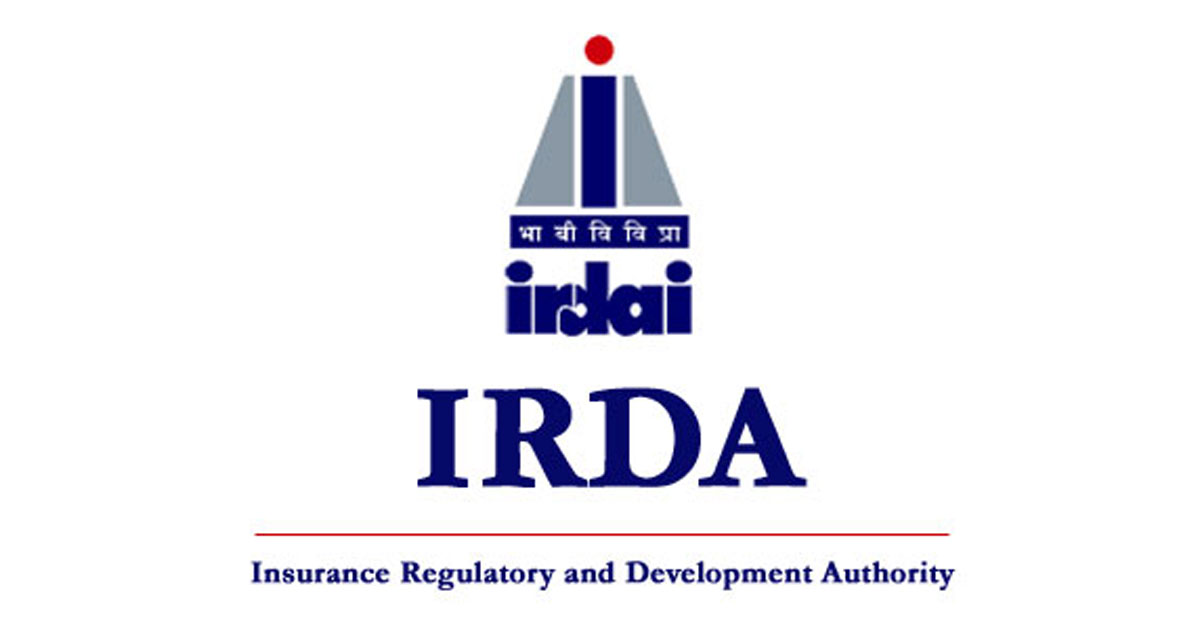When it comes to health insurance, there are many terms and concepts that can be confusing. Two of these terms are "incurred claim ratio" and "claim settlement ratio". While they may sound similar, they actually have different meanings and purposes. In this article, we’ll explore the difference between incurred claim ratio and claim settlement ratio and why they are important for understanding your health insurance coverage.

What is Incurred Claim Ratio?
Incurred Claim Ratio Meaning
The Incurred Claim Ratio (ICR) represents the proportion of total claims paid by an insurance company in relation to the total premiums collected within a specified timeframe. It is expressed as a percentage and is used to evaluate the financial health of an insurance company. In simpler terms, incurred claim ratio is the ratio of the total amount of claims paid by an insurance company to the total amount of premiums collected. For example, if an insurance company collects Rs 10,000 in premiums and pays out Rs 8,000 in claims, their incurred claim ratio would be 80%.
Incurred Claim Ratio Formula
The formula for calculating incurred claim ratio is: Where:
- Total Claims Paid = Sum of all claims paid by the insurance company in a given period
- Total Premiums Collected = Sum of all premiums collected by the insurance company in a given period
What is a Good Incurred Claim Ratio?
A good incurred claim ratio is typically considered to be between 75% and 90%. This means that the insurance company is paying out a significant portion of the premiums collected in claims, which is the primary purpose of insurance. A low incurred claim ratio (below 75%) may indicate that the insurance company is not paying out enough claims and may be keeping a large portion of the premiums for profit. On the other hand, a high incurred claim ratio (above 90%) may indicate that the insurance company is paying out more in claims than it is collecting in premiums, which could lead to financial instability.
What is Claim Settlement Ratio?
Claim Settlement Ratio Meaning
Claim settlement ratio (CSR) is a measure of the total number of claims settled by an insurance company compared to the total number of claims received in a given period. It is also expressed as a percentage and is used to evaluate the efficiency of an insurance company in settling claims.
In simpler terms, claim settlement ratio is the ratio of the total number of claims settled by an insurance company to the total number of claims received. For example, if an insurance company receives 100 claims and settles 80 of them, their claim settlement ratio would be 80%.
Paid Claims vs Incurred Claims
It’s important to note that incurred claim ratio and claim settlement ratio measure different things. Incurred claim ratio looks at the total amount of claims paid compared to the total premiums collected, while claim settlement ratio looks at the total number of claims settled compared to the total number of claims received.
This means that incurred claim ratio takes into account the amount of each claim, while claim settlement ratio does not. For example, if an insurance company receives 100 claims and settles 80 of them, but the 20 unsettled claims are for large amounts, their incurred claim ratio may still be high, but their claim settlement ratio would be lower.
What is a Good Claim Settlement Ratio?
A good claim settlement ratio is typically considered to be above 90%. This means that the insurance company is efficiently settling a large portion of the claims it receives. A low claim settlement ratio (below 90%) may indicate that the insurance company is struggling to settle claims in a timely manner, which could lead to dissatisfaction among policyholders.
Why Are Incurred Claim Ratio and Claim Settlement Ratio Important?
Understanding Your Health Insurance Coverage
Claim Settlement Ratio Meaning
Claim settlement ratio (CSR) is a measure of the total number of claims settled by an insurance company compared to the total number of claims received in a given period. It is also expressed as a percentage and is used to evaluate the efficiency of an insurance company in settling claims. In simpler terms, claim settlement ratio is the ratio of the total number of claims settled by an insurance company to the total number of claims received. For example, if an insurance company receives 100 claims and settles 80 of them, their claim settlement ratio would be 80%.Paid Claims vs Incurred Claims
It’s important to note that incurred claim ratio and claim settlement ratio measure different things. Incurred claim ratio looks at the total amount of claims paid compared to the total premiums collected, while claim settlement ratio looks at the total number of claims settled compared to the total number of claims received. This means that incurred claim ratio takes into account the amount of each claim, while claim settlement ratio does not. For example, if an insurance company receives 100 claims and settles 80 of them, but the 20 unsettled claims are for large amounts, their incurred claim ratio may still be high, but their claim settlement ratio would be lower.What is a Good Claim Settlement Ratio?
A good claim settlement ratio is typically considered to be above 90%. This means that the insurance company is efficiently settling a large portion of the claims it receives. A low claim settlement ratio (below 90%) may indicate that the insurance company is struggling to settle claims in a timely manner, which could lead to dissatisfaction among policyholders.Why Are Incurred Claim Ratio and Claim Settlement Ratio Important?
Understanding Your Health Insurance Coverage
Incurred claim ratio and claim settlement ratio are important for understanding your health insurance coverage. A high incurred claim ratio means that the insurance company is paying out a significant portion of the premiums collected in claims, which means that you are more likely to receive coverage when you make a claim. A high claim settlement ratio means that the insurance company is efficiently settling claims, which means that you are more likely to receive timely coverage when you make a claim.
Evaluating Insurance Companies
Incurred claim ratio and claim settlement ratio are also important for evaluating insurance companies. A company with a high incurred claim ratio and a high claim settlement ratio is likely to be financially stable and efficient in settling claims. This can give you peace of mind when choosing an insurance company. On the other hand, a company with a low incurred claim ratio and a low claim settlement ratio may not be financially stable and may struggle to settle claims in a timely manner. This could lead to dissatisfaction and frustration for policyholders.
Conclusion
In summary, incurred claim ratio and claim settlement ratio are two important measures for understanding your health insurance coverage and evaluating insurance companies. While they may sound similar, they measure different aspects of an insurance company’s performance and should both be considered when choosing an insurance provider. By understanding the difference between incurred claim ratio and claim settlement ratio, you can make more informed decisions about your health insurance coverage and ensure that you are choosing a financially stable and efficient insurance company.






